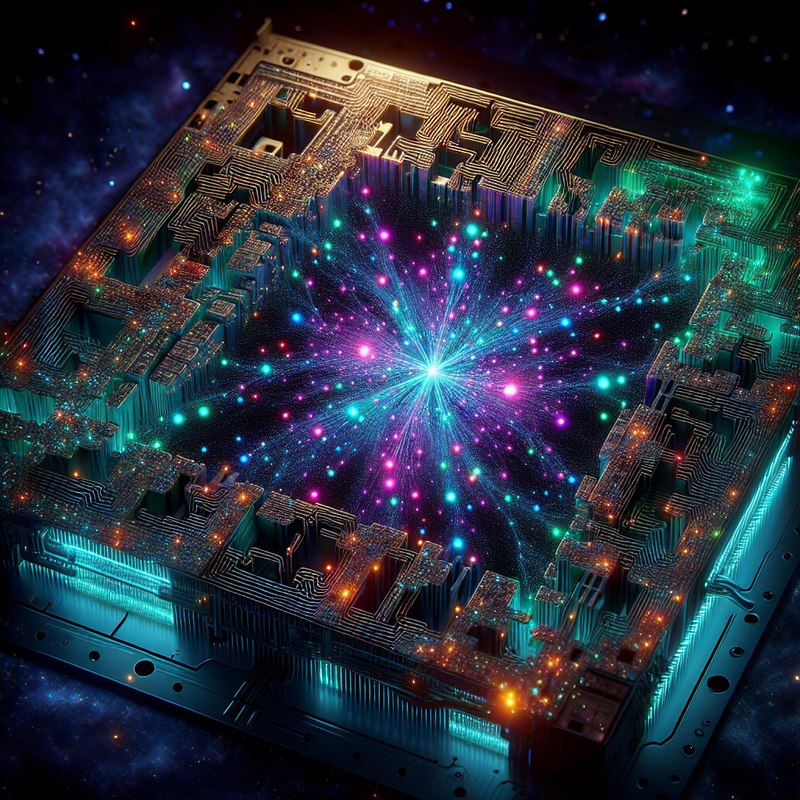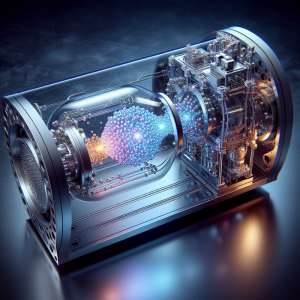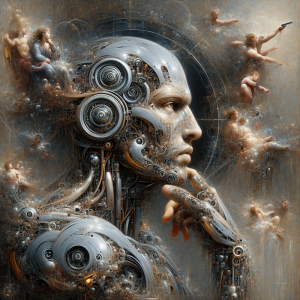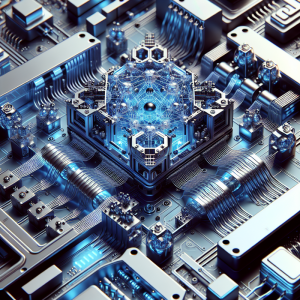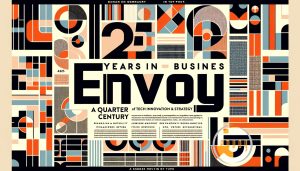A groundbreaking study featured in Scientific Reports has sparked interest within the research community by utilizing quantum computers to recreate the generation of particles during the early expansion of the universe. The exploration, led by postgraduate researcher Marco Díaz Maceda from Universidad Autónoma de Madrid, fills in the gap between quantum physics and cosmic events by digitally replicating quantum field theory in the realm of curved spacetime—a crucial element of our cosmic comprehension.
Venturing through the Universe with Quantum Technology
The theory of Quantum Field Theory in Curved Spacetime (QFTCS) maintains a crucial balance—keeping spacetime aligned with the tenets of general relativity, while approaching matter and force fields through the lens of quantum mechanics. Maceda believes that this is just the beginning for quantum computing’s role in propelling physics forward, as QFTCS is instrumental in predicting occurrences such as Hawking radiation and the birth of particles, despite the difficulty in confirming these through experimental means.
In what is referred to as the “noisy intermediate-scale quantum” (NISQ) phase, today’s quantum computers battle issues like operational noise and a limited number of qubits, yet they stand as a powerful resource for resolving highly complex calculations. The researchers chose to tackle the constraints by sidestepping the deployment of quantum error correcting codes (QECCs), which would be impractical due to the number of qubits required. Instead, as Maceda stated, they relied on error reduction strategies to uplift the precision of their computations.
Innovative Strides with IBM’s Eagle Processor
Employing the capabilities of IBM’s 127-qubit Eagle processor, the group imitated an expanding cosmos, delving into the Friedman-Lemaitre-Robertson-Walker metric and a hefty scalar field that aligns with a tailored Klein-Gordon equation. Through the use of Bogoliubov transformations, they precisely gauged the particle exchanges from the initial to the final states. “After setting up this parallel, we mapped the field’s higher energy states onto specific qubits within the quantum setup,” remarked Maceda.
By applying the “zero-noise extrapolation” (ZNE) approach, the team sharpened the circuit pulses of the quantum machine, thereby enriching the clarity of their results. The study’s outcomes present a new perspective on the inception of particles in the nascent stages of the universe, potentially opening doors to better understand the fundamental aspects of cosmology.
These experiments indicate that quantum computers, despite the stumbling block of inherent noise, can match theoretical forecasts of particle generation in ever-expanding spatial dimensions. This marks them as valuable assets in the continuance of cosmological examination. “Digital quantum simulations have previously aided investigations by my guide, Dr. Sabín, on subjects including gravitational entanglement,” Maceda pointed out, showcasing the growing range of applications that this cutting-edge technology may serve.
To delve deeper into the research and to stay updated on the most recent scientific developments, readers can subscribe to the free Phys.org newsletter for ongoing updates. For access to the full study and referencing, please visit the Phys.org website.

